Affiliate links on Android Authority may earn us a commission. Learn more.
5 Apple iPhone 15 features we want on Android
Published onSeptember 20, 2023
The iPhone 15 series is finally official, and with it comes a selection of new features. Some of them will be familiar to Android users, but borrowing ideas is a two-way street, and Android OEMs will inevitably grab some features from Apple too.
So what would we like to see on upcoming Android smartphones? Well, we have a few iPhone 15 features in mind.
24MP/25MP shots
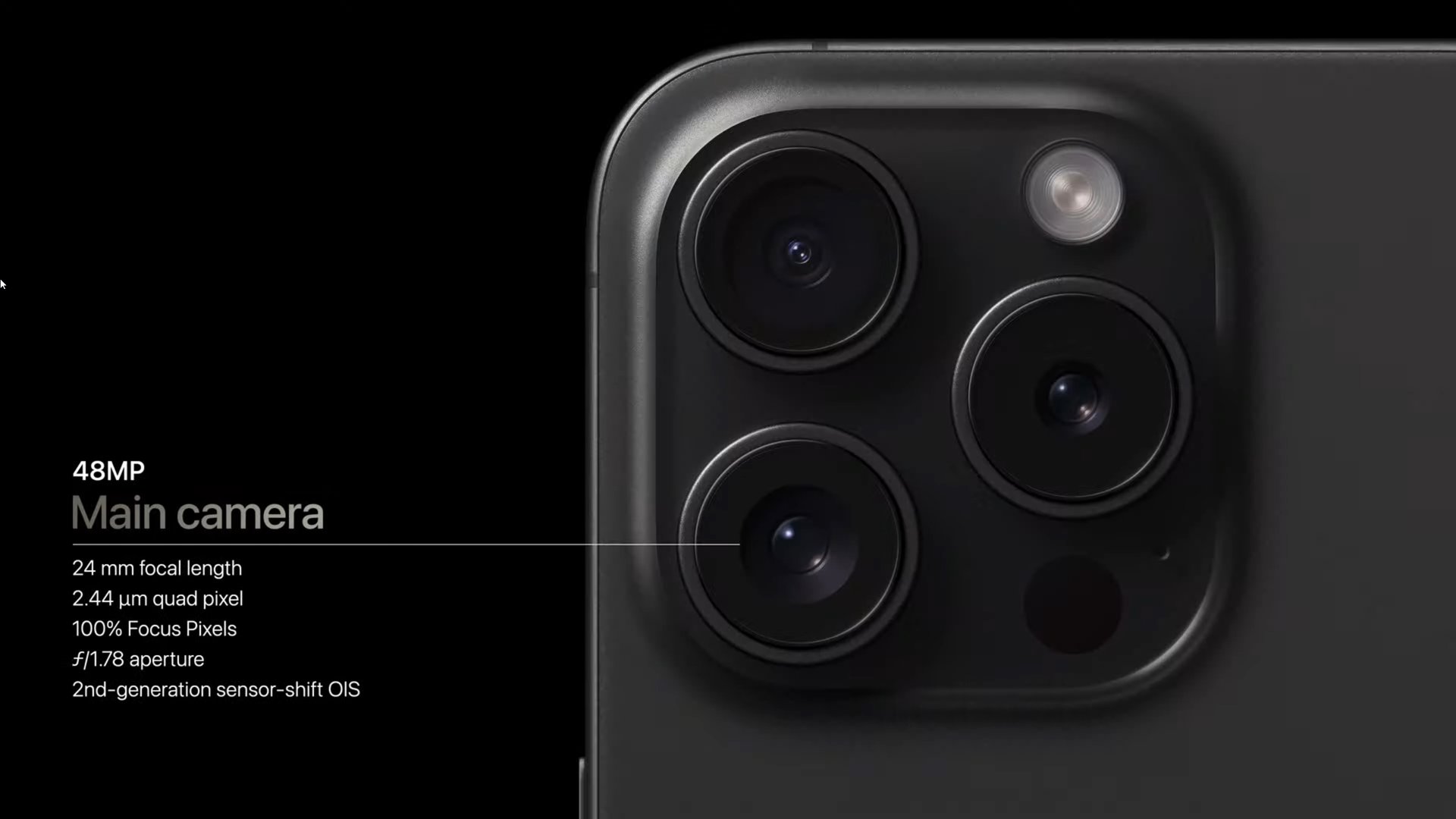
One of the more intriguing camera features announced by Apple is the ability to take 24MP shots via the 48MP camera. No, the company isn’t using two-in-one pixel binning, but rather combining data from a 48MP snap and a lower-resolution shot (presumably 12MP).
24MP shots are a great middle-ground between pixel-binned 12MP and full-resolution 48MP snaps.
This seems similar to Samsung’s Adaptive Pixel tech, which sees the firm’s Galaxy Ultra phones combining data from a 108MP shot and a 12MP snap. However, Samsung’s approach results in a 12MP image and is meant for low-light conditions rather than a general snap at an intermediate resolution.
We’d like to see Android OEMs offer similar functionality in the future, as a 24MP or similar would provide extra detail and resolution without the image size and processing requirements of 48MP or larger snaps.
Roadside assistance via satellite
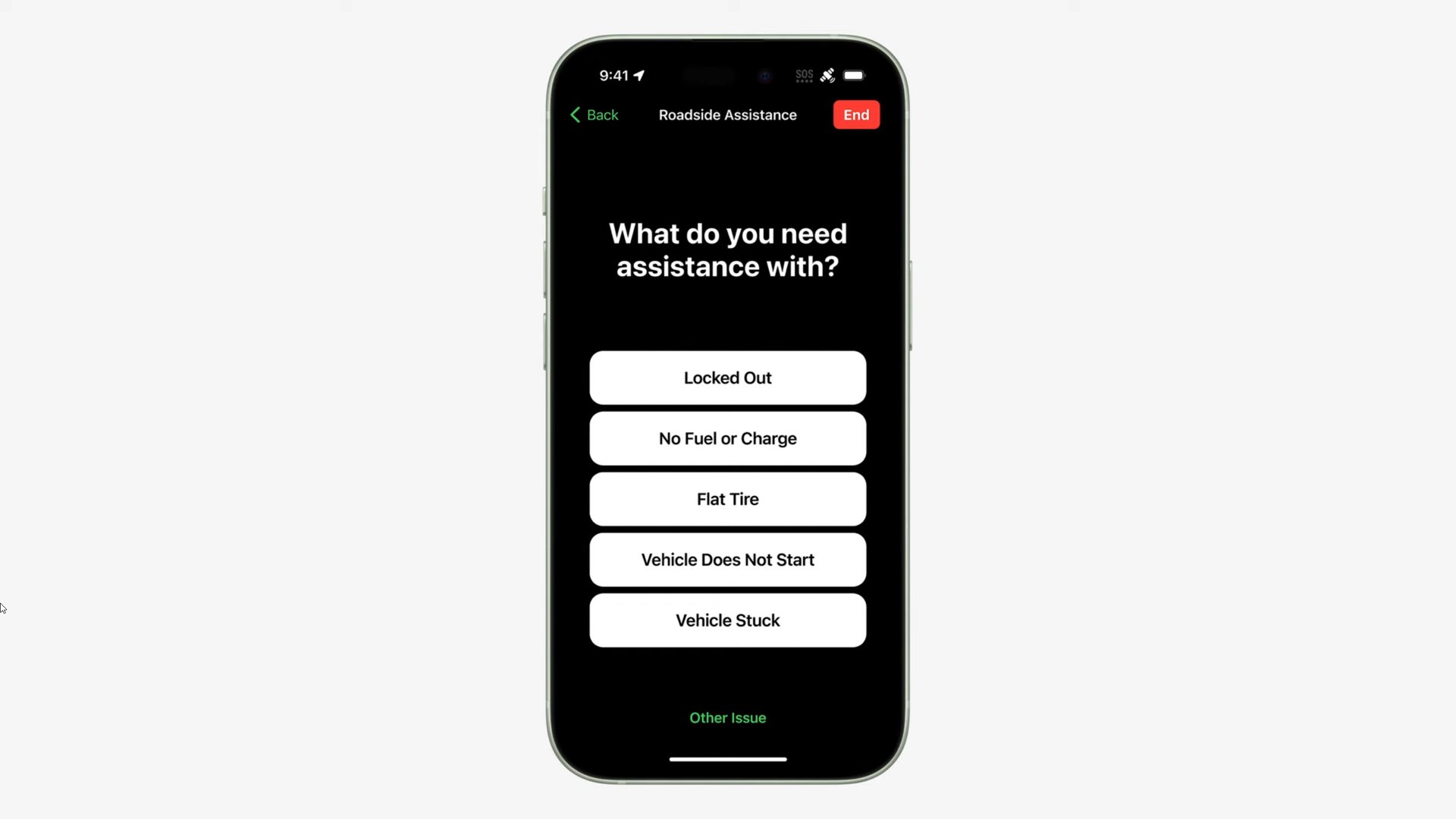
Apple was part of the first wave of phone brands to offer satellite SOS functionality, and it’s now offering a rather cool satellite-related feature with the iPhone 15 series.
You can now get roadside assistance via satellite if you have car trouble in a remote area. The feature works in a similar manner to satellite SOS, as you choose a pre-defined issue (e.g. car won’t start, flat tire, no fuel/charge, etc.) and follow the on-screen guidance to point at a satellite and send the message.
We’d really like to see this option come to the Android ecosystem, as it would be handy for those times when you’re driving along remote stretches.
Precision Finding for friends
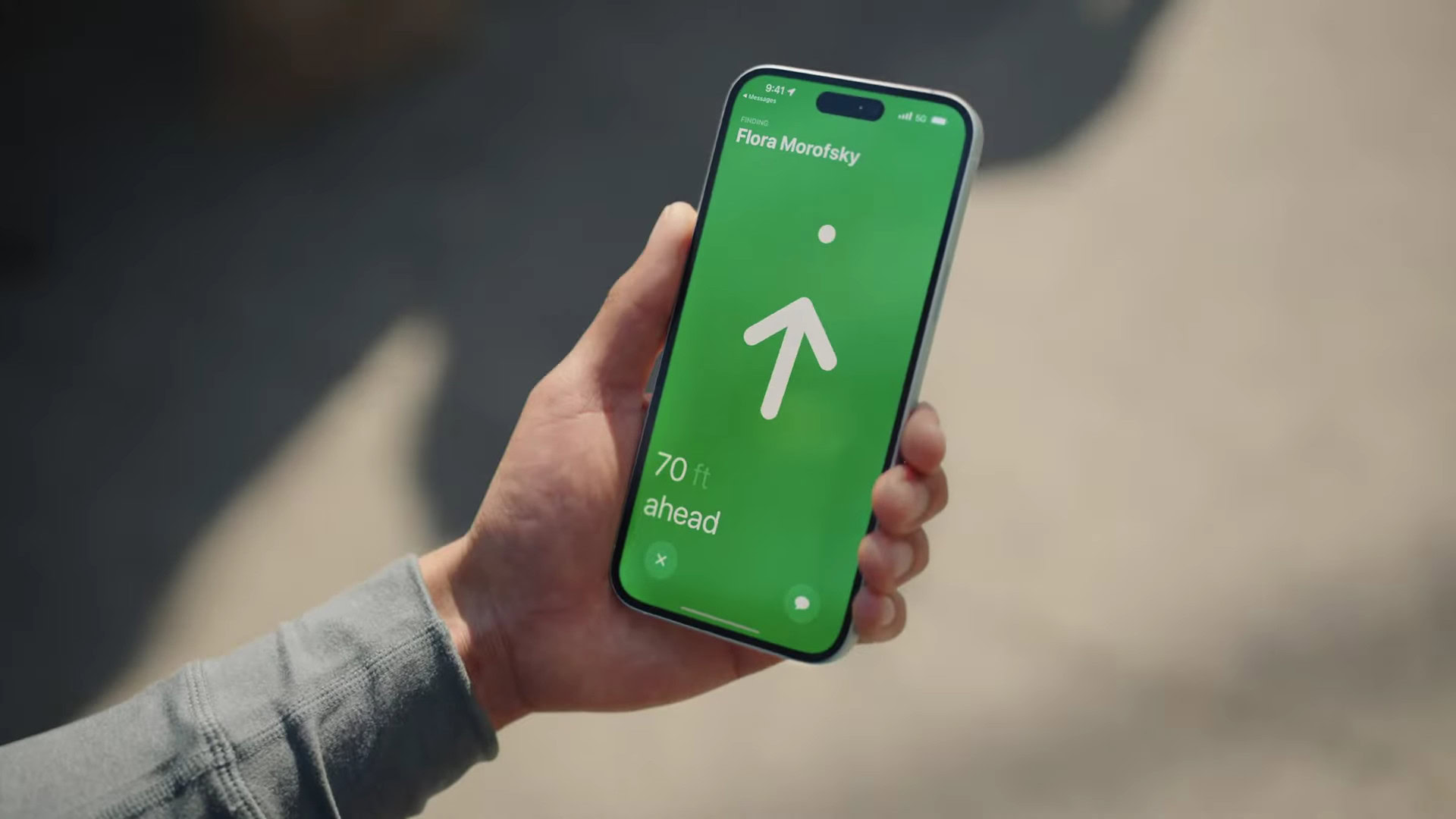
Apple has gone all-in on Ultra-wideband (UWB) connectivity, it started off for AirTags and is quickly being used for so much more. The company used the iPhone 15 launch to announce another cool UWB feature, allowing you to easily find your friends in the real world.
Google should definitely implement the ability to find friends via UWB connectivity, even if most Android phones don't have UWB yet.
We hope Google implements similar functionality on Android, as this could be handy for finding someone in a very crowded setting (market, concert, a packed mall). The only problem is that UWB is generally restricted to the best Android phones, but it would still be a useful feature on the platform, and UWB should eventually move down to lower price points.
Thread support
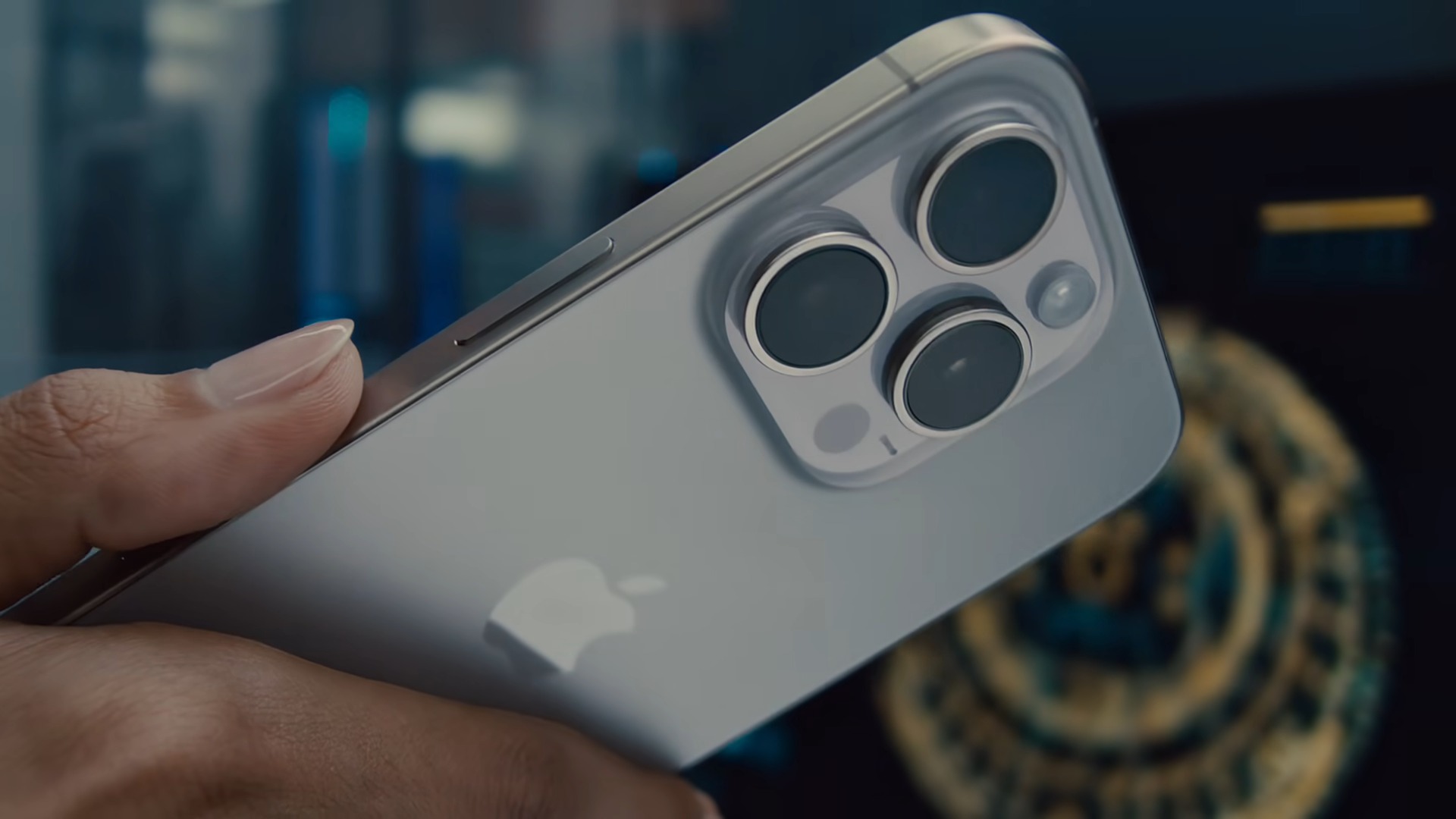
Apple announced that the iPhone 15 Pro and Pro Max would be the first smartphones with Thread networking support. Thread is the backbone of the Matter smart home standard, so the iPhone 15 Pro line is well-prepared for future Matter devices.
There aren’t any current use cases for having a phone with Thread networking capabilities, but we’d still like to see this support come to Android as it could make smart home integration/controls easier in the future. Thankfully, it sounds like Google is working on this.
Tetraprism camera design
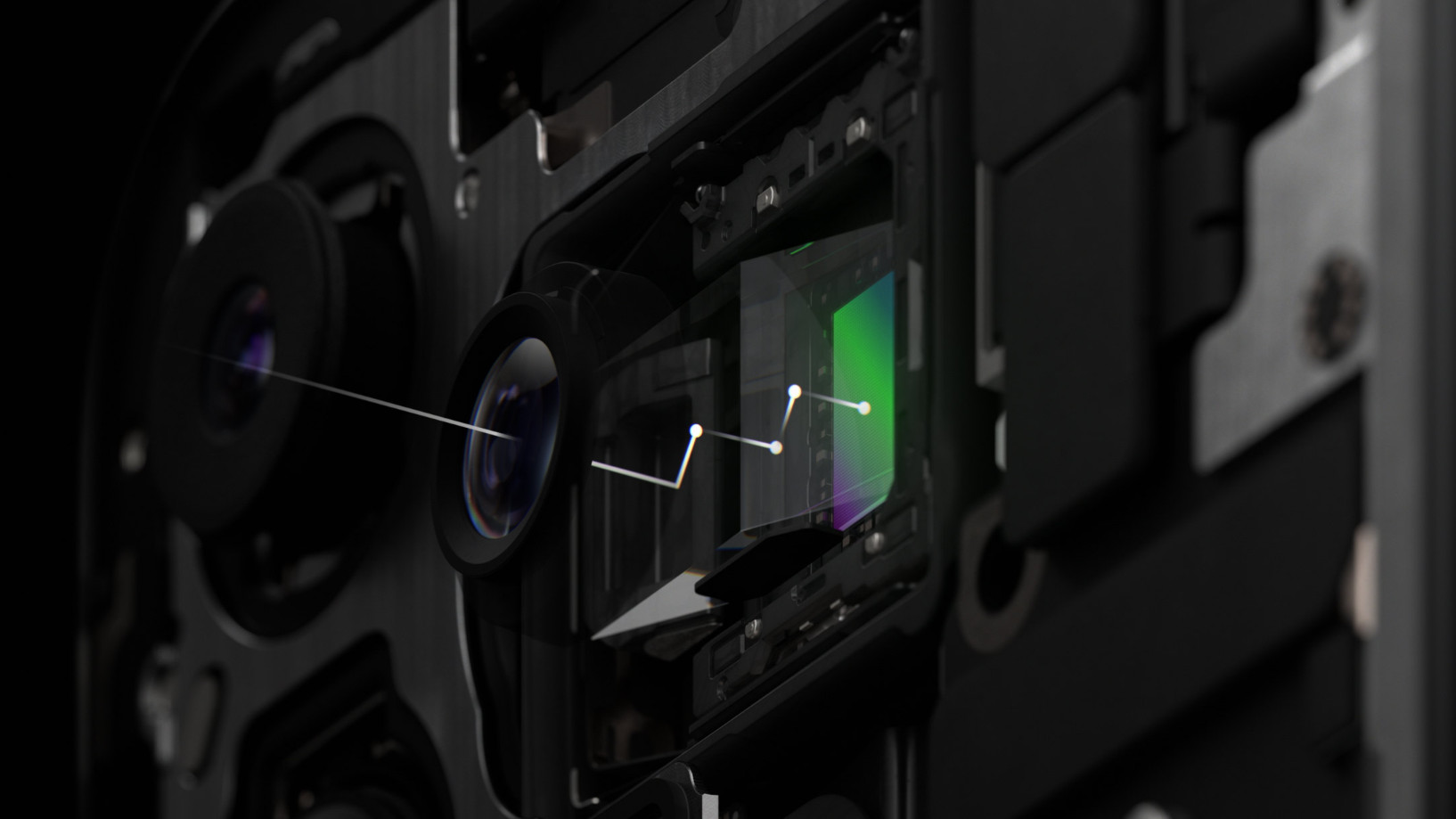
Apple has finally offered a folded zoom camera after Android phones first offered the feature way back in 2019. However, the iPhone maker is using a so-called tetraprism camera design rather than a periscope camera design. Periscope systems place the camera sensor sideways in the phone, while Apple’s tetraprism system has the camera sensor pointing rearwards, as you’d expect.
Android OEMs beat Apple to folded zoom cameras, but Apple's tetraprism approach has some benefits.
The sideways approach means manufacturers have to use a small camera sensor, unless the phone or camera bump is substantially thicker to accommodate a larger sensor. It’s no wonder that most periscope cameras aren’t great at night, with some exceptions.
This doesn’t appear to be a problem for a tetraprism design, owing to the rear-facing design. This opens the door for larger zoom sensors, enabling improved low-light images. Here’s hoping we see this approach on some Android phones in the future.